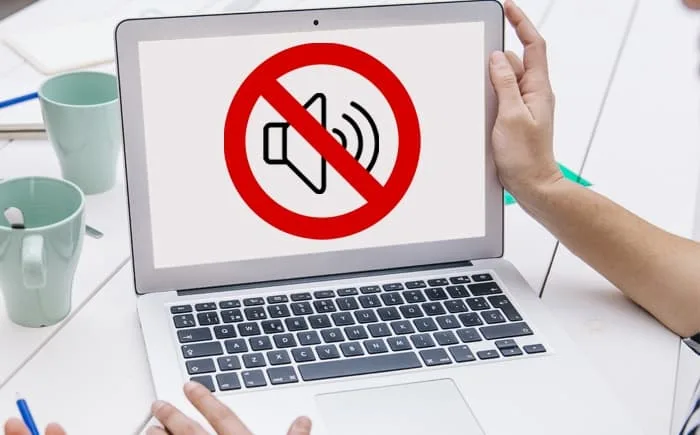Is your laptop acting up like a cranky rickshaw refusing to move? No sound, sluggish speed, and error messages popping up like unwelcome relatives? Don’t fret, bhaiyya-behenji! Fixing common laptop woes doesn’t require an engineering degree or a secret handshake with the tech gods. In this handy guide, we’ll break down the top 5 fixes in simple, step-by-step instructions, all in easy-to-understand desi lingo. So, grab a cup of chai, ditch the tech jargon, and let’s get your laptop back in tip-top shape!
Silence, Please! Diagnosing Audio Woes
First things first, let’s figure out why your laptop has gone mute. Here are the usual suspects:
- Volume Check: This might sound obvious, but sometimes the simplest solutions are the best. Double-check that your volume isn’t muted (that tiny speaker icon with a red X should scream “don’t touch!”). Also, make sure the volume is cranked up in both your media player and system settings.
- Speaker/Headphone Woes: Are your speakers or headphones properly plugged in? Give them a good ol’ wiggle to ensure a secure connection. Try using different headphones or external speakers to rule out hardware issues.
- Driver Drama: Outdated or corrupted audio drivers can cause a sound blackout. Head to your device manager (search for it in the Start menu) and check for any yellow exclamation marks next to your audio device. If you see one, right-click and “update driver” or download the latest driver from your laptop manufacturer’s website.
- Windows Troubleshooter: This built-in tool can often diagnose and fix audio problems automatically. Search for “troubleshoot sound problems” in the Start menu, run the troubleshooter, and follow the on-screen instructions.
Slow as a Bullock Cart? Speeding Up Your Laptop
Is your laptop moving at the pace of a snail during rush hour? Here’s how to get it zipping again:
- Close Unnecessary Programs: Background applications can hog resources and slow things down. Open your Task Manager (Ctrl+Shift+Esc) and see which programs are using the most CPU, memory, and disk. Close any you don’t need.
- Disk Cleanup: Over time, your hard drive accumulates temporary files and junk. Run Disk Cleanup by searching for it in the Start menu. This will help free up space and improve performance.
- Startup Programs: Many programs automatically start when you boot up, slowing down the process. Go to your Task Manager’s Startup tab and disable any programs you don’t need to launch immediately.
- Reduce Visual Effects: Fancy animations and visual effects can be beautiful, but they can also slow things down. Go to System Properties > Advanced > Performance Settings and adjust the visual effects for better performance.
- Upgrade RAM: If your laptop has limited RAM (the “working memory”), adding more can significantly improve speed. Check your laptop’s documentation or consult a technician for compatible RAM options.
Error Messages Got You Stumped? Decoding the Cryptic Messages
Error messages can be confusing, but they often provide valuable clues. Here’s how to understand them better:
- Write it Down: Jot down the exact error message, including any codes or numbers. This will help you research it online or seek help from forums or tech support.
- Google is Your Friend: Search for the error message online, along with your laptop model and operating system. You might find solutions from other users or official support websites.
- Check for Updates: Sometimes, error messages indicate missing updates or software conflicts. Make sure your Windows or Mac is up-to-date with the latest patches and drivers.
- System Restore: If the error started after a recent update or software installation, consider using System Restore to revert your system to an earlier point. This can sometimes undo changes that caused the error.
Bonus Tip: Keep Your Laptop Healthy with Regular Maintenance
Prevention is always better than cure! Here are some habits to keep your laptop running smoothly:
- Regular Updates: Install critical updates for your operating system and software promptly. These updates often contain security patches and bug fixes.
- Antivirus Protection: Use a reliable antivirus and anti-malware software to protect your laptop from harmful threats.
- Disk Defragmentation: This process optimizes the arrangement of files on your hard drive, improving access speed. Defragment your




